Living
Bottled Water Ranked: See Which Brands Are the Best
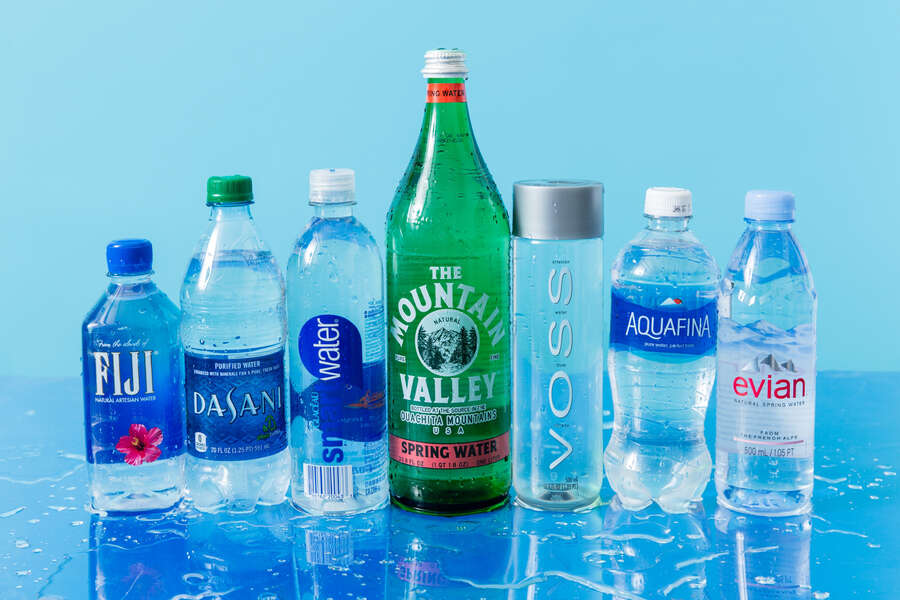
When it comes to staying hydrated on the go, bottled water has become a popular choice. However, not all bottled waters are created equal. From natural springs to purified sources, the quality and taste of bottled water can vary significantly. In this article, we will delve into the science behind determining the goodness or badness of bottled water and rank them accordingly.
The quality of bottled water is assessed through various scientific factors. First and foremost, purity is paramount. A reliable water source, free from contaminants, ensures its safety for consumption. Water is tested for the presence of chemicals, heavy metals, and microorganisms that may pose health risks.
Additionally, taste plays a vital role. The mineral content, pH level, and overall balance of flavors contribute to the enjoyable drinking experience. Water with a pleasant taste profile is often preferred by consumers.
By understanding the scientific aspects that influence water quality, we can rank bottled waters from worst to best. Join us on this informative journey as we unveil the secrets behind the labels and explore the factors that make some bottled waters stand out from the rest.
Worst: Aquafina
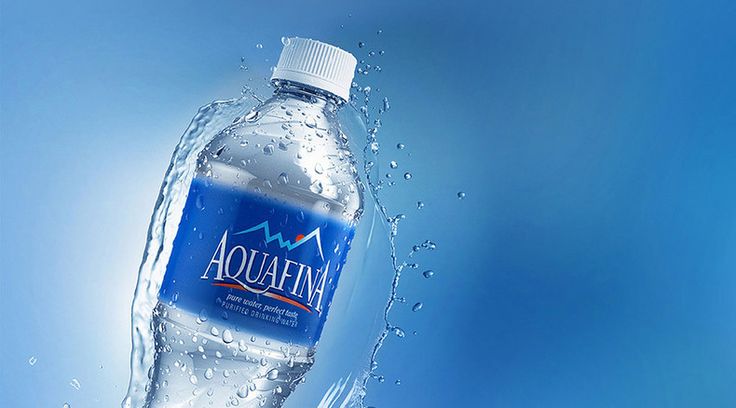
Owned by PepsiCo, Aquafina is a brand of bottled water. Many people don’t know that Aquafina obtains its water from the same municipal water supply as tap water, despite the fact that it is widely accessible and reasonably priced.
Furthermore, Aquafina lacks transparency regarding its purification methods. Without detailed information, it is challenging to determine the effectiveness of the filtration process and the removal of impurities.
In contrast, other bottled water brands provide more explicit details about their sources and purification techniques, allowing consumers to make more informed decisions.
Aquafina ranks at the bottom of this list because it is basically just tap water that has been filtered and packaged.
Worst: Dasani
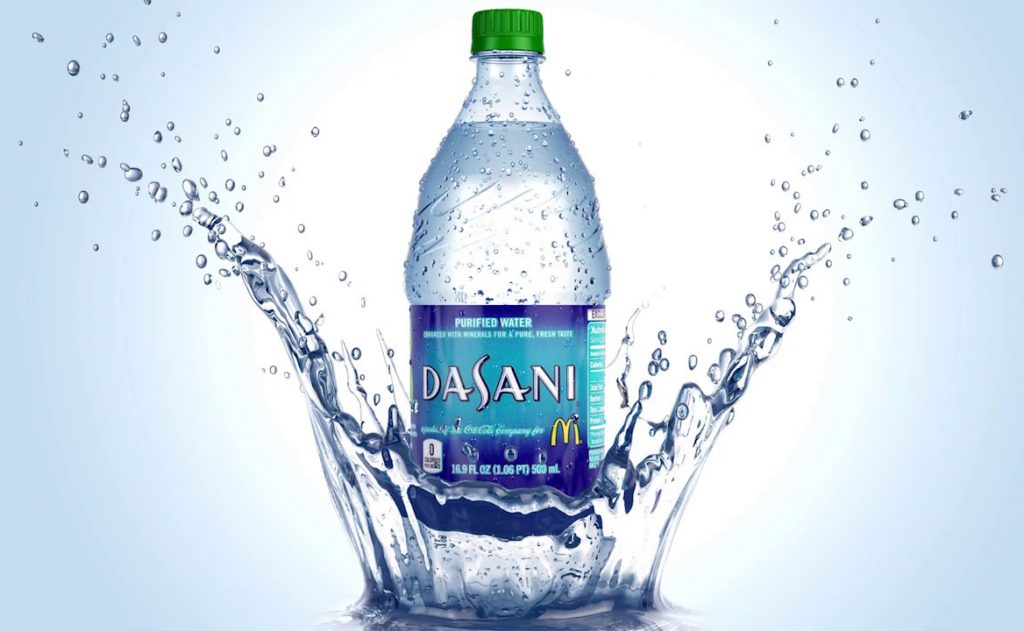
Coca-Cola owns the bottled water brand Dasani as well. Similar to Aquafina, Dasani obtains its water from the public water system and treats it with a special mineral mixture to make it taste more “pure.” Drinking Dasani does not necessarily make it any healthier than drinking tap water, and some individuals have even complained about an odd aftertaste.
One prominent concern with Dasani revolves around its purification process. The water used in Dasani undergoes reverse osmosis, a filtration method that removes impurities but also eliminates essential minerals found naturally in water. This process can potentially leave the water devoid of important minerals that contribute to its taste and potential health benefits.
Dasani has faced criticism for the presence of certain additives, such as magnesium sulfate, potassium chloride, and salt, which are used to enhance taste and maintain a consistent flavor profile. While these additives are considered safe in regulated quantities, their presence may raise questions among consumers seeking a more natural and minimally processed option.
Worst: Crystal Geyser
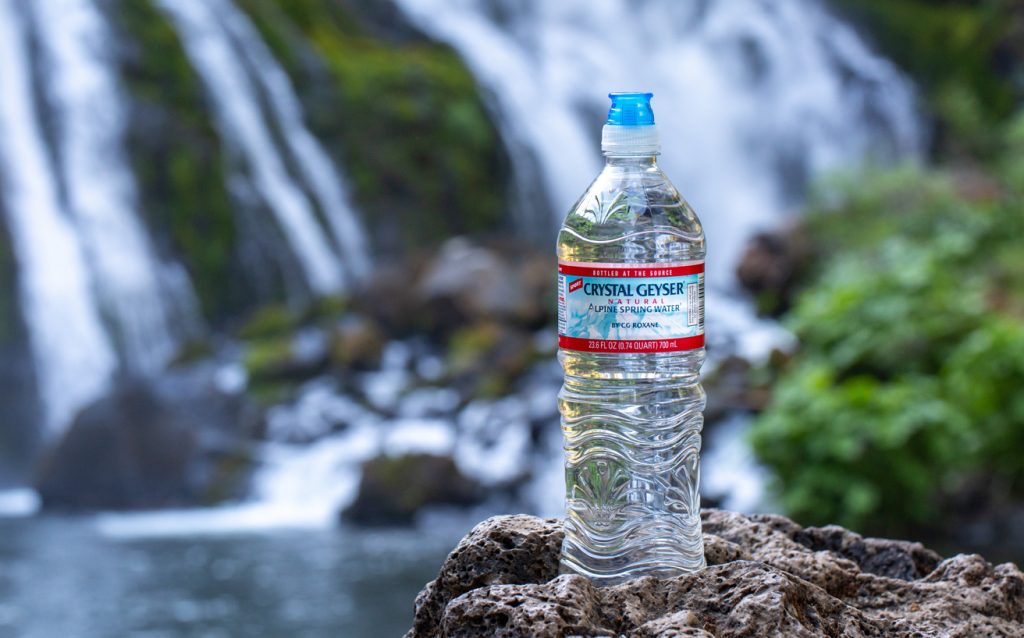
A brand of bottled water called Crystal Geyser gets its water from natural springs and aquifers. While this may appear to be a positive benefit, Crystal Geyser has already generated controversy since some of its water sources have been found to contain arsenic. The environmentally unfriendly packaging that Crystal Geyser uses, which is comprised of non-recyclable plastic, has also drawn criticism.
The water used in Crystal Geyser bottles comes from natural springs, but the brand has faced allegations of misleading labeling. It is crucial for consumers to know the true source of their bottled water for transparency and informed decision-making.
Worst: Nestle Pure Life
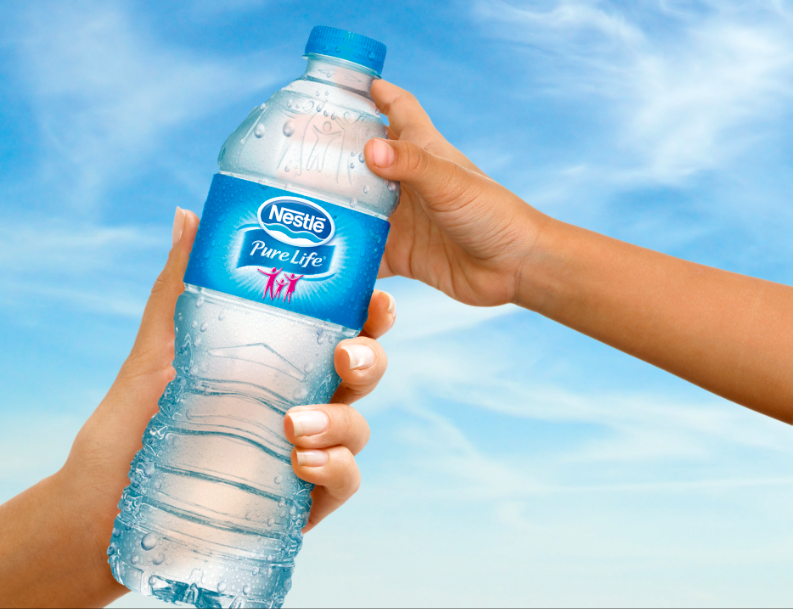
Nestle Pure Life is a brand of bottled water that sources its water from both municipal sources and natural springs. While Nestle Pure Life does use some filtration and purification processes to treat its water, it has faced criticism for its environmental impact, as well as for its association with Nestle, a company that has a history of unethical business practices.
Nestle Pure Life lacks transparency regarding the specific purification techniques employed, making it challenging to evaluate the thoroughness of the filtration process and the removal of impurities.
Mixed Reviews: Arrowhead
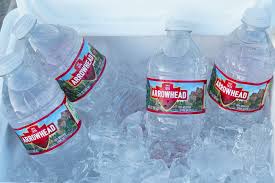
Arrowhead bottled water has received mixed reviews and may not be favored by some individuals. One common complaint about Arrowhead water is its taste. Some consumers find the flavor to be bland or have a slight aftertaste, which may be attributed to the water source and treatment processes employed.
Arrowhead water is sourced from springs in California, which has experienced drought conditions in the past. This has raised concerns about the sustainability of the water source and the potential impact on local ecosystems.
Arrowhead has faced criticism for its packaging practices. The brand has primarily used plastic bottles, which have environmental implications due to their contribution to plastic waste and the potential leaching of chemicals into the water.
Mixed Reviews: Mountain Valley
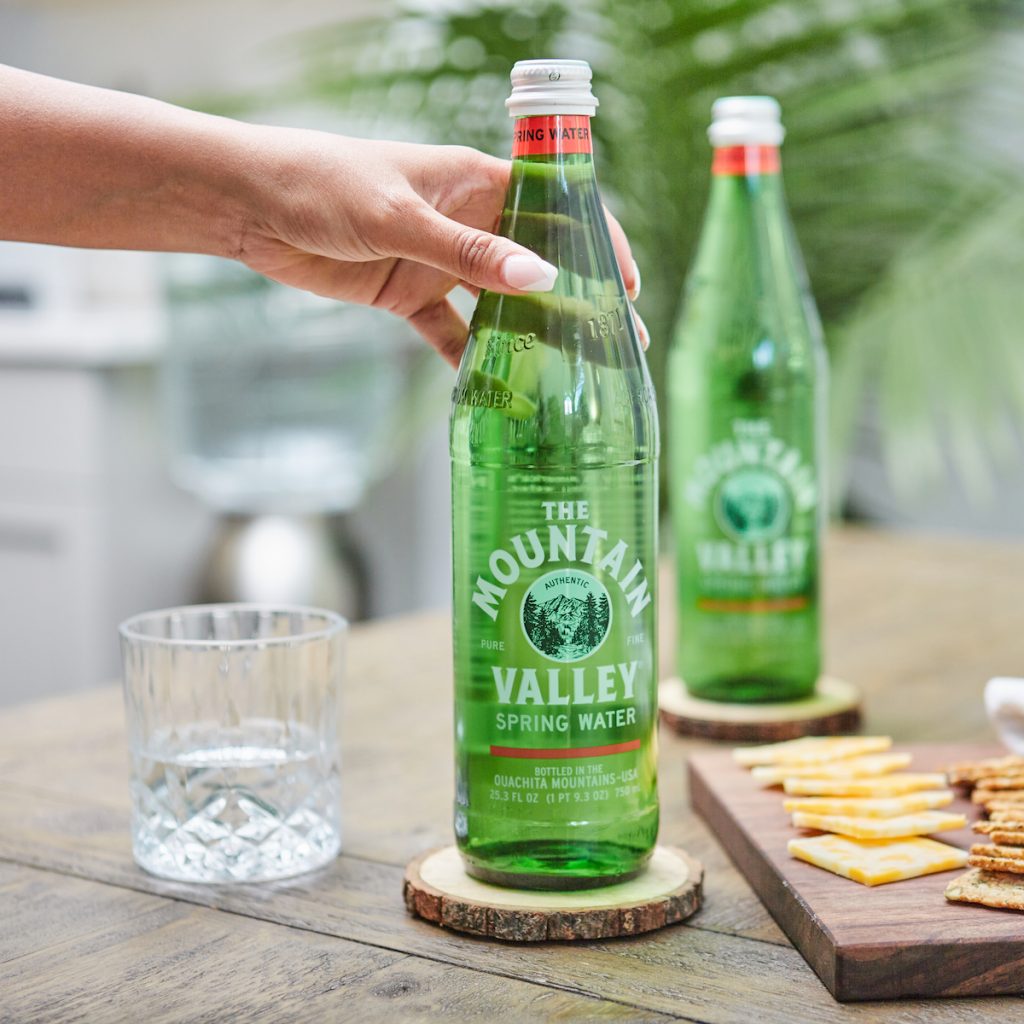
A spring in Arkansas is the source of the Mountain Valley brand of spring water. The majority of the time, it is of high quality and is packaged in robust, reusable glass bottles. It is, however, somewhat pricey and might not be available to everyone.
This water comes from natural springs, which means it naturally contains minerals like calcium, magnesium, and potassium. While some enjoy the distinctive flavor and perceived health benefits of mineral-rich water, others may find it to be a little earthy, which may not be too everyone’s taste.
Mixed Reviews: Deer Park
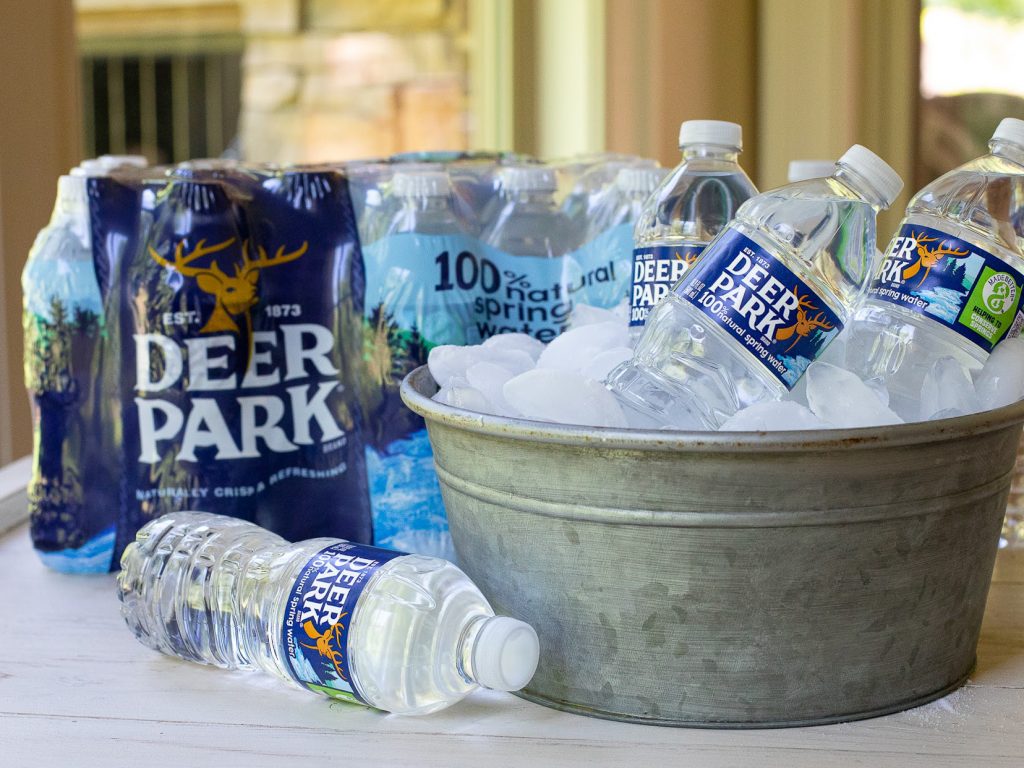
A variety of American springs are used to produce the Deer Park brand of spring water. Springs often possess unique mineral compositions, contributing to the taste and potential health benefits of the water. The natural filtration processes through rocks and soil can enhance water purity.
It is frequently packaged in single-use plastic bottles, which might be bad for the environment, it is normally of acceptable quality.
The business has additionally drawn criticism in the past for using water from Californian regions that are experiencing a drought.
Mixed Reviews: Ice Mountain
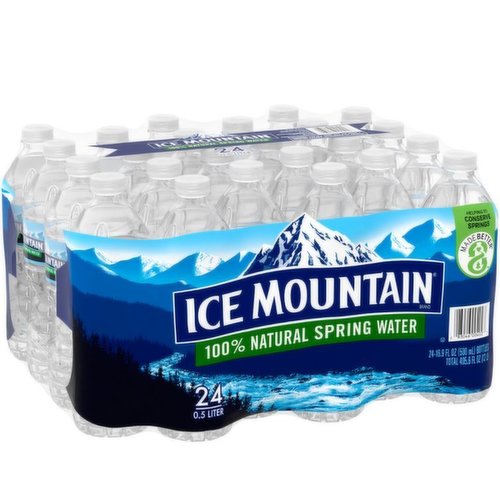
A brand of bottled water called Ice Mountain uses spring water that has been cleaned and is found in the Midwest. For those seeking a cool, hydrating beverage, Ice Mountain water is a popular option because of its crisp, clear flavor. Belinda Chang, a water sommelier, ranked Ice Mountain as one of the most neutral-tasting water brands she has ever tried. However, she did not like the aftertaste, noting it tasted ‘mineral and pipe-like’
Ice Mountain Water prioritizes sustainability. The brand is committed to protecting and preserving natural resources, implementing measures to reduce its carbon footprint and packaging waste. By choosing Ice Mountain Water, consumers can contribute to environmental conservation.
Mixed Reviews: Icelandic Glacial
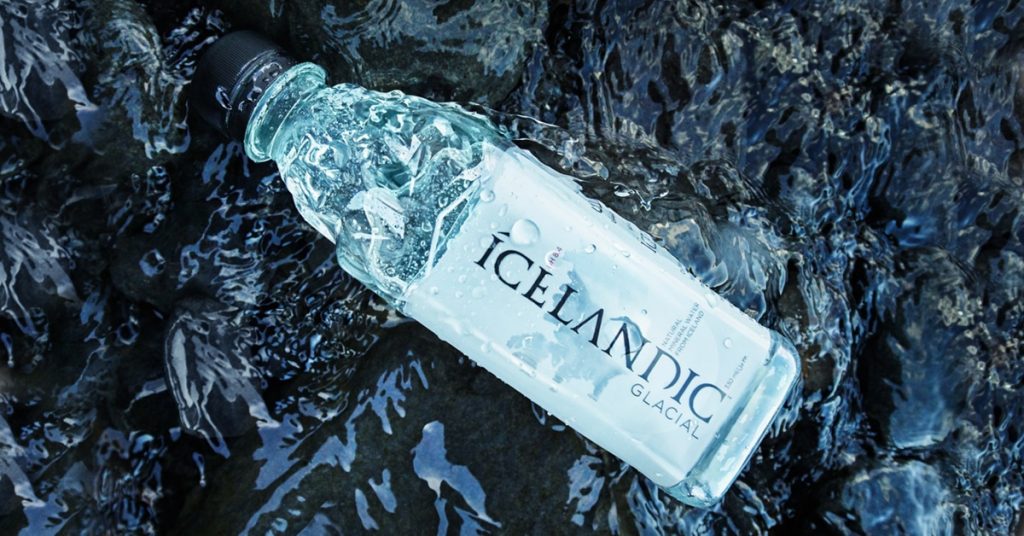
A high-end brand of bottled water from Iceland’s Spring is called Icelandic Glacial water. It has a clean, refreshing flavor and is renowned for its high pH level and minimal mineral content. In addition, Icelandic Glacial is touted as coming from a sustainable source thanks to the company’s involvement in carbon offsetting and renewable energy projects. Overall, individuals like the sustainability, cool packaging and taste of Icelandic, however, some noted that when warm, it has a bitter taste.
Mixed Reviews: SmartWater
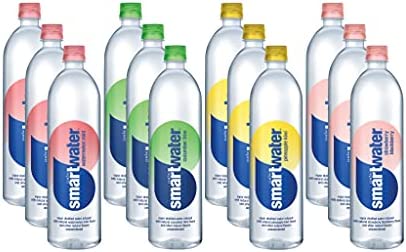
The Coca-Cola Company owns the filtered water brand SmartWater. It is produced utilizing a secret method that incorporates vapor distillation, which clears the water of pollutants and toxins. Additionally enhanced with electrolytes, SmartWater is said by some to taste more reviving.
Mixed Reviews: Core Hydration
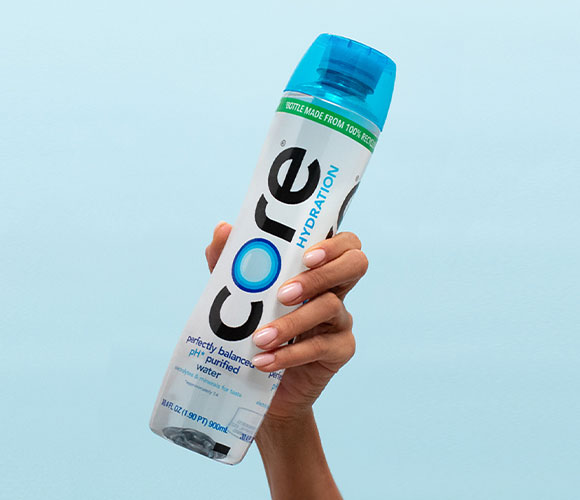
Core Hydration is a brand of purified water that is specifically formulated to have a pH level of 7.4, which is similar to the pH level of the human body. This is intended to make it more easily absorbed by the body and more hydrating than other types of water. Core Hydration is also treated with an electro-alkaline process that adds minerals back into the water to enhance its taste. Reviewers liked it best really cold.
Mixed Reviews: LifeWtr
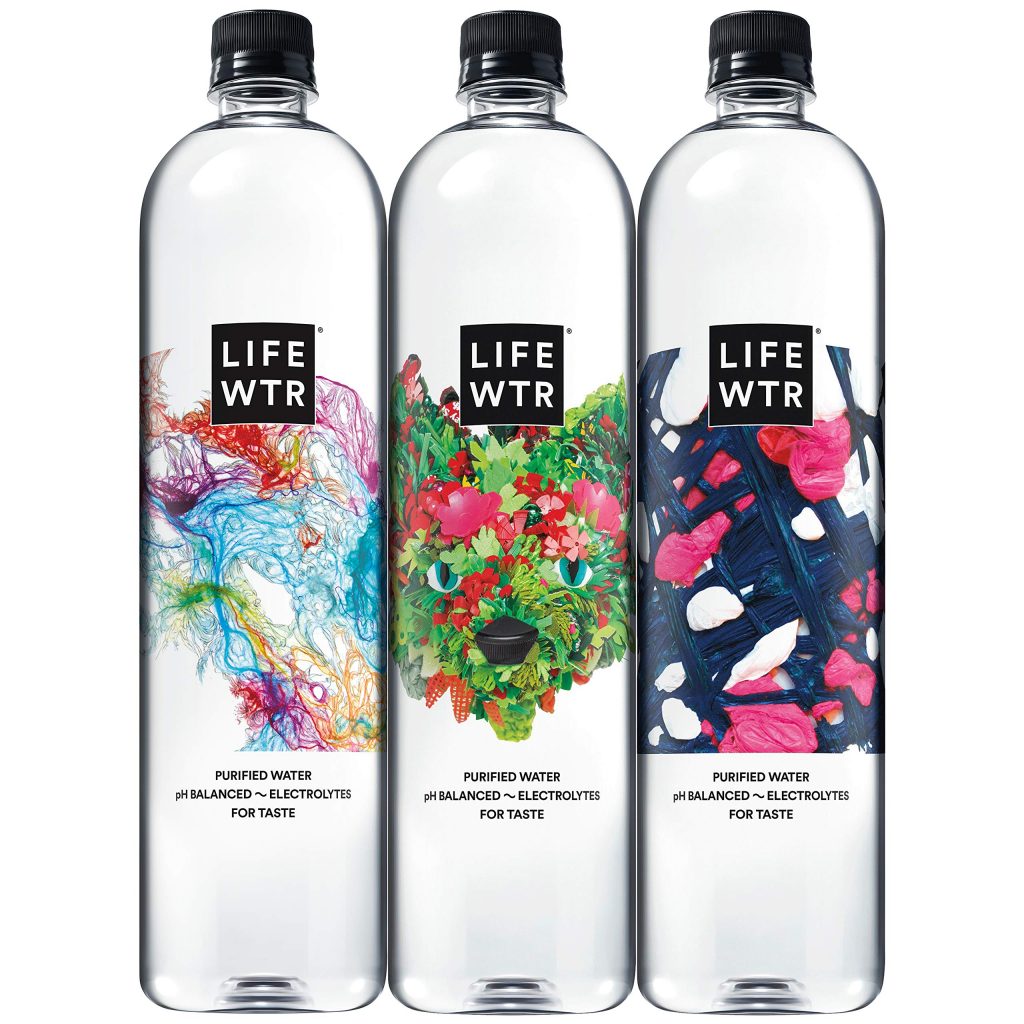
PepsiCo owns the premium bottled water brand LifeWtr. Reverse osmosis is used to purify it, and minerals are added for flavor. LifeWtr is renowned for its artsy packaging, which showcases a variety of works from up-and-coming designers. The taste is pretty neutral.
Mixed Reviews: Great Value
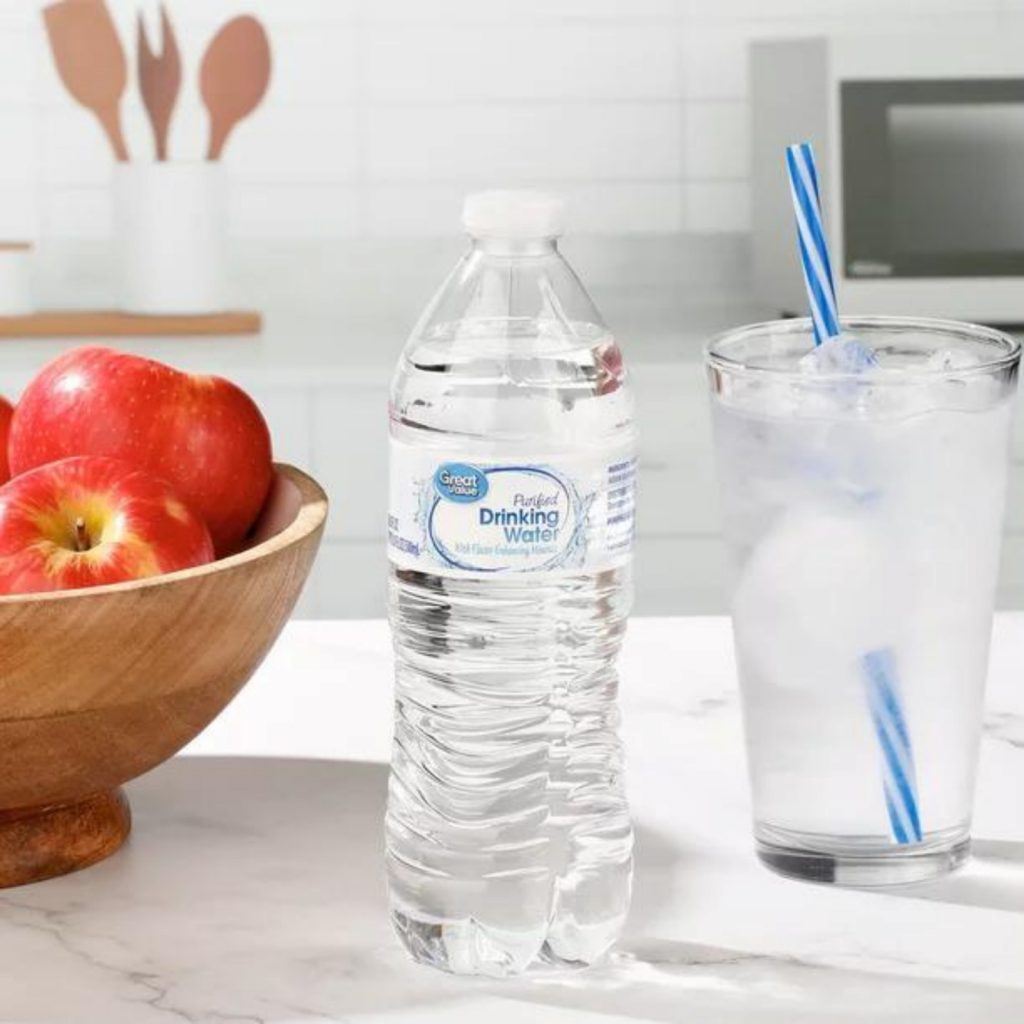
Great Value, a private label brand of Walmart, receives mixed reviews when it comes to its bottled water. Taste preferences for water can vary widely among individuals. While some consumers find the taste of Great Value water to be clean and refreshing, others may perceive a slight aftertaste or blandness. Taste perception can be subjective and influenced by factors such as individual sensitivity and water source.
Great Value water bottles typically come in standard plastic packaging. Some consumers may have concerns about the environmental impact of single-use plastic bottles and prefer more sustainable options.
As a private label brand, Great Value may source its water from different suppliers. This can result in inconsistencies in quality, taste, and overall consumer experience.
Best: Ozarka
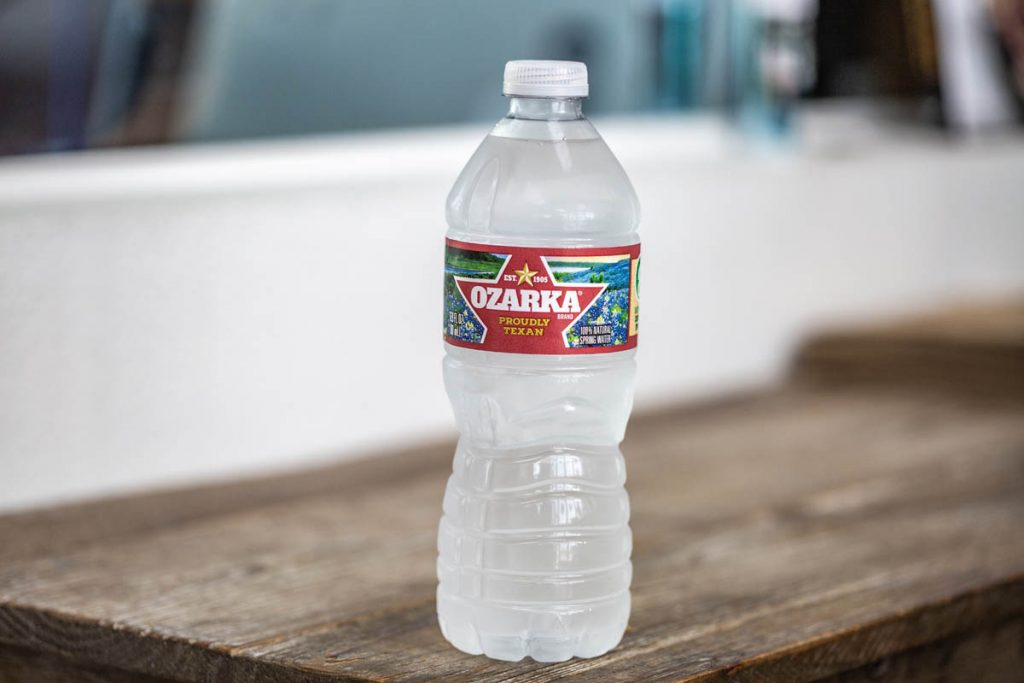
Ozarka water is sourced from carefully selected natural springs located in Texas. The springs are nestled in protected areas, ensuring the preservation and quality of the water.
Ozarka water is known for its pure and refreshing taste. The water undergoes a meticulous filtration process that removes impurities while retaining essential minerals, resulting in a crisp and satisfying flavor.
Ozarka has earned the trust and loyalty of consumers over the years. Its commitment to quality, transparency, and customer satisfaction has contributed to its reputation as a reliable and preferred brand.
Considering the trusted water source, pure taste, stringent quality assurance, environmental stewardship efforts, and consumer trust, Ozarka water bottles consistently rank among the best choices for those seeking high-quality bottled water.
Best: Boxed Water
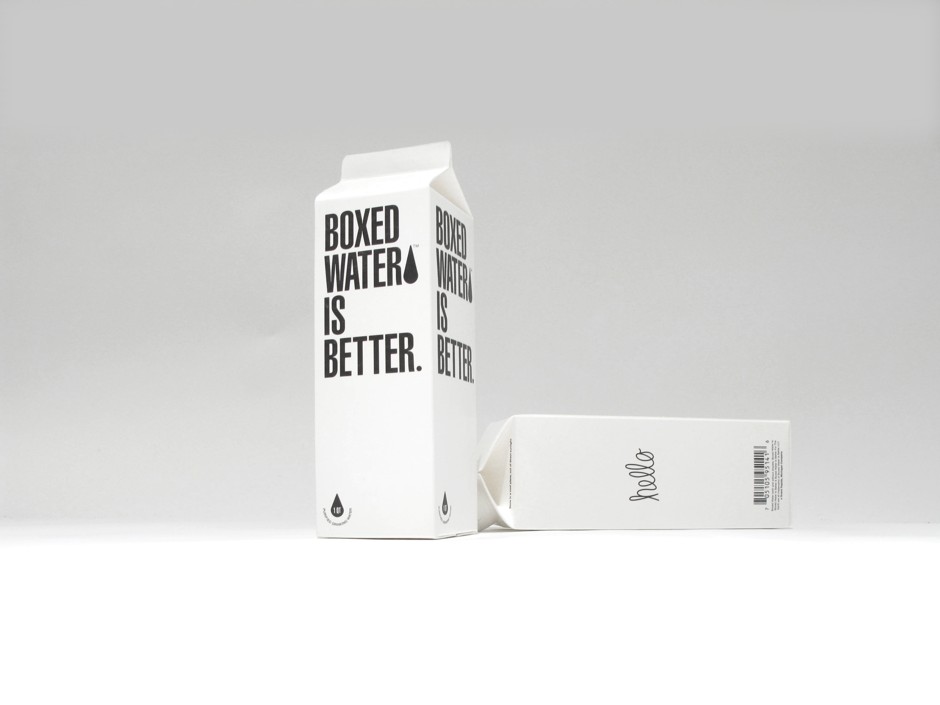
Boxed Water is a brand of filtered water that comes in paper-based cartons as opposed to plastic ones. Because the cartons are created from a renewable resource and can be recycled, the company hopes to offer a more environmentally friendly alternative to conventional bottled water. Reverse osmosis is used to purify Boxed Water. The taste is refreshing and clean with no fillers or minerals added.
Best: Ethos
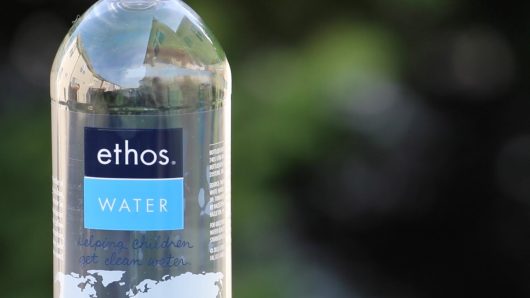
The Starbucks Corporation owns the bottled water brand Ethos. Reverse osmosis is used to purify it once it is extracted from natural springs. The Ethos Water Fund, which aids clean water programs in underdeveloped nations, receives a share of the sales proceeds from Ethos water. It’s a water you can feel good about drinking.
Best: Zephyrhills
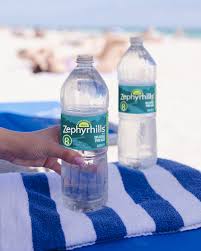
Zephyrhills, a renowned brand of bottled water, is highly regarded and often considered among the best options available. Zephyrhills water is sourced from natural springs located in Zephyrhills, Florida. These springs benefit from the unique geological characteristics of the region, which contribute to the exceptional taste and purity of the water.
Zephyrhills water is known for its refreshing and clean taste. The water has a well-balanced flavor profile that is often described as crisp and satisfying, making it enjoyable to drink.
Zephyrhills prioritizes stringent quality control measures to ensure the water meets the highest standards. The water undergoes thorough testing and analysis to guarantee its safety and purity.
Considering the pristine water source, refreshing taste, stringent quality control, sustainability efforts, and trusted brand reputation, Zephyrhills water bottles consistently rank among the best options for those seeking high-quality bottled water.
Best: Kirkland Signature
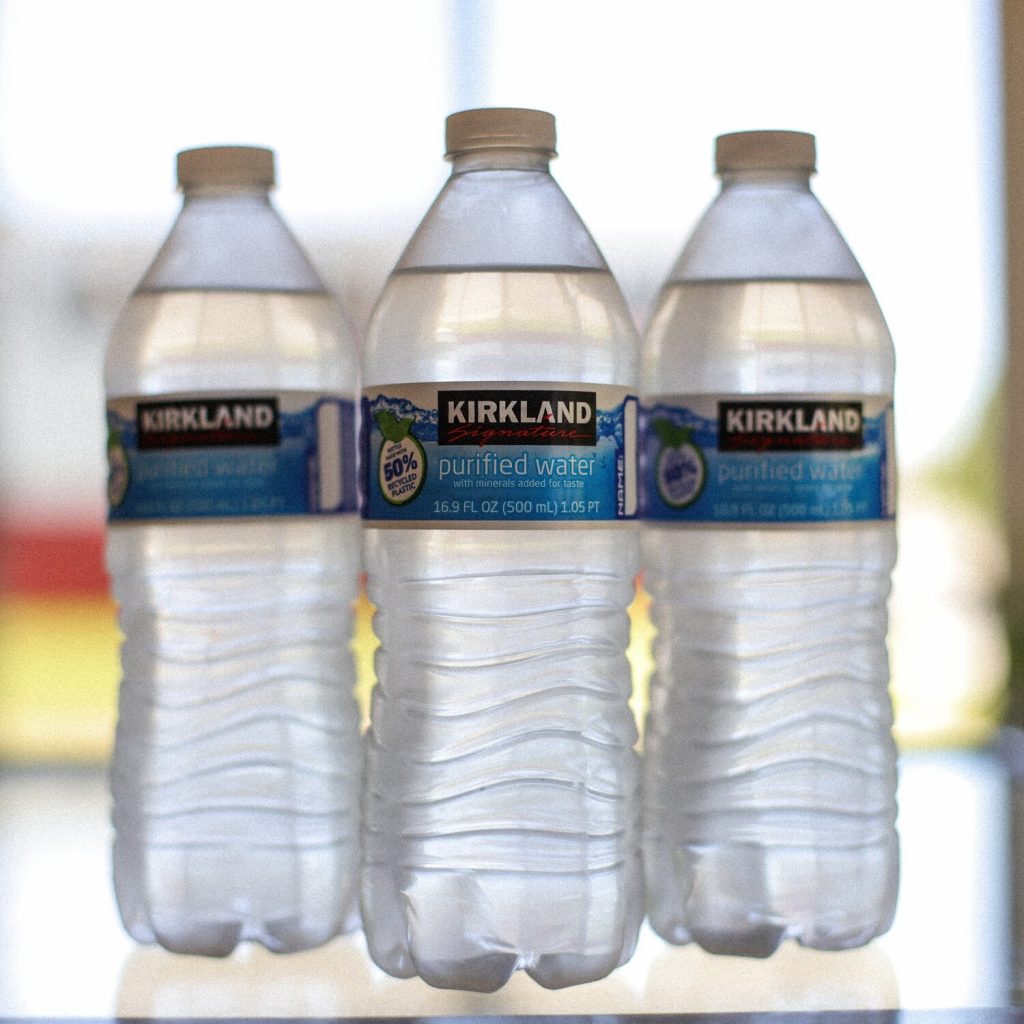
Kirkland Signature, the private label brand of Costco, is often regarded as one of the best bottled water options available. Kirkland Signature maintains high-quality standards for its bottled water. The brand is committed to providing safe and reliable drinking water, adhering to rigorous testing and quality control measures.
Many consumers appreciate the refreshing and clean taste of Kirkland water. The water is often described as crisp and pure, without any noticeable aftertaste or chemical flavors.
Kirkland Signature offers excellent value for the quality it provides. Costco’s bulk packaging allows consumers to purchase larger quantities at a competitive price, making it a cost-effective choice for those seeking high-quality water.
Best: Fiji Water
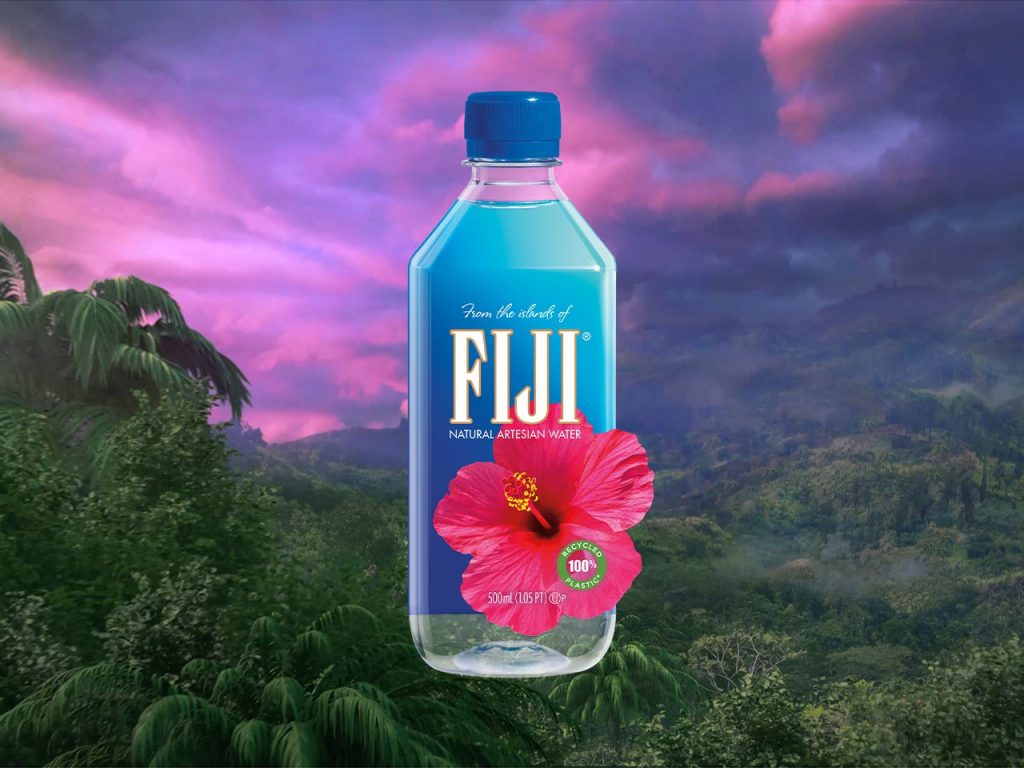
A single artesian aquifer in the Fiji Islands is the source of the bottled water brand Fiji Water. The water acquires a distinct and energizing flavor as a result of naturally filtering through layers of volcanic rock. Additionally, Fiji Water is dedicated to sustainability and has carried out several environmental projects, such as using recycled materials in its packaging and safeguarding regional ecosystems.
Overall, while all of these bottled water brands can be hydrating, it is important to consider the source of the water and the environmental impact of the brand before making a purchase. Fiji Water is the best option on this list, as it is sourced from a natural and sustainable source, and the company has a strong commitment to environmental responsibility.
Living
New Osprey Couple Lay First Eggs at Foulshaw Moss Nature Reserve

A young osprey pair has laid their first eggs at Foulshaw Moss Nature Reserve in South Cumbria, bringing new excitement to the reserve’s thriving birdwatching scene.
The pair, male Blue 476 and female Blue 717, first paired up in late April at a second nest on the reserve, near Grange-over-Sands. According to Cumbria Wildlife Trust, which manages the site, Blue 476 is a “local lad,” hatched in 2021 at a private site in the Lake District. Blue 717, meanwhile, is thought to be from Fife, having hatched in 2022.
Young and Hopeful Parents
This is the pair’s first nesting attempt, and they’ve laid two eggs so far. The Trust noted the eggs came a bit late in the season, and since the parents are inexperienced, hatching success isn’t guaranteed. Still, staff remain hopeful and are closely monitoring their progress.
Ospreys typically share incubation duties, which last around 37 days. During this time, the adults take turns incubating the eggs, maintaining the nest, fishing, and defending their territory from potential intruders.
Nest Rivalry
Foulshaw Moss is already home to a well-established osprey pair, Blue 35 and White YW, who have nested at the site for over a decade. The long-time residents are also incubating eggs, expected to hatch around May 23. Some interaction has been observed between the two pairs: in late April, Blue 476 approached the original nest, only to be swiftly chased off by Blue 35.
Visiting the Reserve
Visitors are welcome at the reserve to try and spot the ospreys, though they’re reminded to plan ahead. The car park is small and fills up quickly, and the access road is narrow with no passing places. Bike racks are available, and the site is reachable via public transport.
While the second nest doesn’t yet have a live webcam, the Trust has installed a new viewing hide on the eastern side of the reserve, offering improved opportunities for osprey watching. A volunteer is often on site with a telescope and may be able to help visitors spot the birds. For those viewing from a distance, binoculars are strongly recommended.
The original nest, home to Blue 35 and White YW, is viewable through the Foulshaw Osprey Webcam, funded by public donations.
Osprey Fast Facts
- Ospreys (Pandion haliaetus) are large fish-eating raptors with a wingspan of about 5 to 6 feet.
- They migrate thousands of miles each year, wintering in West Africa or southern Europe and returning to the UK in spring to breed.
- The same nesting sites are often reused year after year, with some osprey pairs returning to the same nest for over a decade.
- Chicks are ringed before fledging so their movements and survival can be monitored as part of ongoing conservation efforts.
- Ospreys became extinct in England by 1916 due to egg-collecting and persecution but have made a steady comeback thanks to reintroduction efforts and legal protections.
Despite a few heartbreaks over the years—such as unhatched eggs and lost chicks—the success of Foulshaw Moss as a breeding site underscores the resilience and return of this iconic bird to the region.
Living
Teen Trio Builds Salt-Powered Fridge to Deliver Lifesaving Vaccines Without Electricity
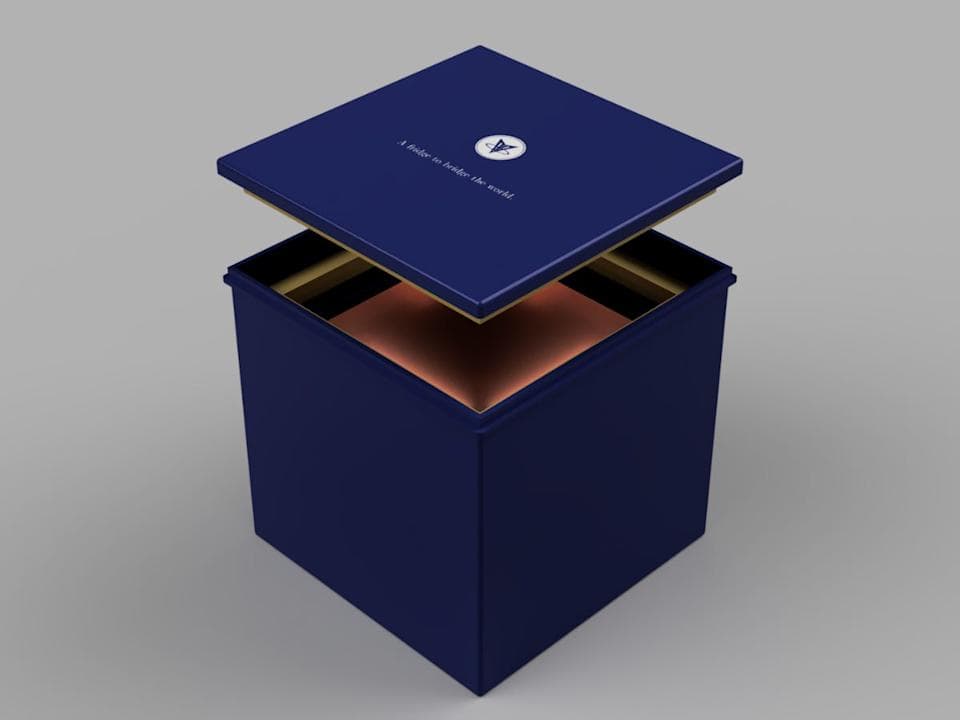
Three teens from Indore, India, have created a salt-powered mini refrigerator that works without electricity—an innovation that could transform how medical supplies reach remote communities.
Their invention, called Thermavault, uses a chemical process where salts absorb heat as they dissolve in water, effectively cooling the surrounding area. It’s designed to maintain safe storage temperatures for vaccines, medications, and even transplant organs—all without needing to plug in.
The creators—Dhruv Chaudhary, Mithran Ladhania, and Mridul Jain—were inspired by challenges their parents, all in the medical field, experienced during the COVID-19 pandemic. Getting vaccines to rural areas without reliable electricity was an uphill battle. So, the three teens got to work.
After experimenting with nearly 150 different salts and hitting several dead ends, a teacher’s suggestion led them to two that worked: ammonium chloride and barium hydroxide octahydrate. Ammonium chloride kept temperatures between 2°C and 6°C—ideal for many vaccines—while the second salt combo could bring temps below freezing, suitable for more sensitive materials.
Their salt-based cooling system is housed in a compact insulated box lined with copper. The solution is poured into the walls, which then pull heat away from the contents inside. Better still, the system is reusable: simply boil off the water in the field to reclaim the salt for future use, no freezer or power supply needed.
Their innovation earned them the 2025 Earth Prize for Asia and a $12,500 award. The trio plans to use the funds to build 200 Thermavault units for 120 hospitals. They’re also working toward World Health Organization certification so they can partner with organizations like Gavi, which delivers vaccines around the globe.
Dr. Pritesh Vyas, an orthopedic surgeon who tested Thermavault in a local hospital, confirmed that it kept vaccines stable for up to 12 hours. With further upgrades like a built-in temperature monitor, he believes it could become a critical tool for rural healthcare.
For now, the teens are focused on refining their device and taking it to the global stage. As voting opens for the Earth Prize’s global winner on April 22, Thermavault has a chance to gain even more attention—and potentially save countless lives.
Living
Texas Mom Welcomes Third Baby at 51 — and Says She Might Not Be Done Yet

Grace Collins, a mom from Texas, isn’t letting age define her motherhood journey. At 51, she recently welcomed her third child — a baby boy named A.J. — and says she’s not sure she’s finished growing her family just yet.
Collins first gained attention in 2024 when she went viral on TikTok for sharing her story of becoming a mom later in life through IVF. Her journey began at age 44 with the birth of her first daughter, Maggie. Two years later came her second daughter, Goldie. And in 2024, at age 50, she became pregnant again — this time with her first son.
“It’s hard being pregnant no matter what age you’re at,” Collins told TODAY.com. “And I don’t know if I’m done either!”
Though being pregnant in her 50s might seem daunting, Collins says it’s actually gotten easier over time. “I felt like I was more tired when I was pregnant at 44 than I was when I was 50,” she previously told PEOPLE. “Maybe my body just figured out how to cope, or maybe having children keeps me young.”
That sense of energy seems to carry into her everyday life as a mom of three little ones. “I’m a pretty on-the-go kind of girl,” she said. “I’ve been in the little kid daily grind since I was 44, so I don’t know any different.”
Collins also shared that age has brought some unexpected advantages. With more life experience under her belt, she feels more aware of her body and committed to her health. Before her last pregnancy, she took proactive steps to ensure she was in good shape, including a full slate of medical screenings and maintaining an active lifestyle.
“I made sure I had a healthy baseline,” she told PEOPLE. “All my pregnancies have had their hurdles — but overall, I can honestly say it’s become easier with each one.”
Despite being older than many of the parents she meets at playdates or school events, Collins says age isn’t a barrier when it comes to connecting. “The things we have in common outweigh our age differences,” she said. “If anything, having kids has honestly kept me younger.”
As for whether baby A.J. will be her last? Collins isn’t closing that door just yet. For now, she’s savoring life as a busy mom and embracing every moment. “I’m going to do everything I can to stay young and present — not just for my kids but for myself.”
Living
Friendship Benches Come to Sussex, Offering Free Mental Health Support Inspired by Zimbabwe

A simple wooden bench may seem unremarkable, but in Sussex, it’s about to become a powerful tool for tackling mental health challenges.
A pilot scheme called the Friendship Bench, originally developed in Zimbabwe, is launching in Sussex to provide free, low-barrier support for people dealing with depression, anxiety, and loneliness. The initiative places trained lay counsellors—affectionately called “grandmothers” and “grandfathers”—on benches in public indoor spaces like libraries and community centers, where they offer compassionate, non-judgmental conversation to anyone who stops by.
Founded in 2006 by psychiatrist Professor Dixon Chibanda, the Friendship Bench model was born from the idea that everyday people, especially older members of the community, can offer meaningful support. Despite receiving just two weeks of training, the lay counsellors have made a global impact. Studies, including one published in The Journal of the American Medical Association, show the program led to an 80% reduction in depression and suicidal thoughts, and a 60% improvement in quality of life among participants.
Now brought to the UK by Dr. Nina Lockwood of Brighton and Sussex Medical School, the Sussex pilot will involve ten lay mental-health workers offering six-to-eight-week support sessions. Unlike the original Zimbabwe benches that are placed outdoors, the UK’s version will adapt to the British climate with indoor seating areas.
“There is an unintended novelty to the west taking a model founded in Africa,” Lockwood said. “But just like in Zimbabwe, the UK has a massive shortfall in mental health resources compared to the demand of our population’s mental health problems. We urgently need to adopt agile, alternative ways of working.”
Trained volunteer Mebrak Ghebreweldi, from Diversity Resource International, said the approach allows time to uncover root issues, like housing insecurity or unemployment—problems that can be missed in rushed GP visits.
“GPs don’t have time for those long conversations,” Ghebreweldi explained. “They’ll just prescribe something. But when we listen, we often find that what seems like depression may actually stem from practical, solvable problems.”
Chibanda’s vision for the Friendship Bench grew from a recognition that medication and diagnoses alone can’t fix a growing global mental health crisis. “Not everyone can see a mental health professional,” he said. “But most people have access to the care, compassion, and wisdom of grandmothers—the unsung heroines of the world.”
In the UK, mental health needs are urgent. One in six adults reported moderate to severe depressive symptoms in 2022, and NHS wait times for therapy can stretch over four months. The Friendship Bench offers a hopeful alternative—one built on human connection and community.
With over half a million people already helped worldwide, the scheme’s expansion into Sussex could be a quiet revolution in how we approach mental wellness—one chat at a time.
Living
New Coral Feeding Device Offers Hope for Reef Restoration

A team of scientists from The Ohio State University has unveiled a groundbreaking device designed to enhance food sources for coral reefs, offering a potential boost to restoration efforts. The device, called the Underwater Zooplankton Enhancement Light Array (UZELA), works by attracting zooplankton to coral habitats, increasing their availability as a food source.
UZELA is a submersible, programmable light capable of operating for up to six months on a single battery. When maintenance is needed, trained divers can perform simple servicing. The device activates for roughly an hour each night, emitting a specific type of light that encourages zooplankton accumulation without disturbing other marine species. This process enhances the feeding opportunities for corals, improving their chances of survival and growth.
Encouraging Results from Initial Tests
Researchers tested UZELA near two native Hawaiian coral species, Montipora capitata and Porites compressa. Their observations showed a seven-fold increase in local zooplankton populations and a dramatic improvement in coral feeding rates—ranging from 10 to 50 times higher than usual. These findings were published in Limnology and Oceanography: Methods.
According to study lead Andréa Grottoli, a professor of earth sciences at The Ohio State University, coral reefs play a disproportionately important role in marine ecosystems. “Although reefs make up less than 1% of the ocean, they support a third of all marine life,” she explained. “With increasing threats, we must find ways to protect them.”
The Growing Threat of Coral Bleaching
Extreme ocean temperatures continue to endanger coral reefs. The U.S. National Oceanic and Atmospheric Administration (NOAA) recently reported that from February 2023 to April 2024, nearly 60.5% of the world’s coral experienced bleaching. This occurs when corals expel the algae that provide them with essential nutrients, making them more susceptible to disease and die-off.
While corals can recover if water conditions stabilize, many struggle due to a lack of available food. The presence of concentrated zooplankton, as facilitated by UZELA, could help mitigate some of the negative effects and provide corals with the nutrition they need to survive.
A Short-Term Solution with Long-Term Potential
Although UZELA is not a permanent fix for coral degradation, researchers see it as a valuable tool for temporary relief. Grottoli compared it to “a band-aid that could help buy us time” while broader solutions, like reducing carbon emissions, are pursued.
Currently, UZELA devices are assembled by hand, but researchers are working with a local engineering firm to refine the design for mass production. If successful, an improved version could be ready within the next few years, allowing for expanded deployment in vulnerable coral reef regions.
“Addressing climate change is the only way to truly save coral reefs,” Grottoli emphasized. “But tools like UZELA give us a fighting chance to protect some reefs while we work toward a more sustainable future.”
-

 OMG7 years ago
OMG7 years agoA Couple Gave Birth to the Most Beautiful Twins Ever
-

 OMG8 years ago
OMG8 years ago20 Rare Historical Photos
-

 OMG7 years ago
OMG7 years agoHilarious Airport Photos
-

 Cute7 years ago
Cute7 years agoMom Refuses to Let Daughter Eat Sugar and Years Later This is What She Grows Into
-

 OMG7 years ago
OMG7 years agoTop Secret Air Force One Facts That You Never Knew
-
OMG7 years ago
The Funniest Yearbook Photos Of All Time
-

 OMG7 years ago
OMG7 years agoRetired Mathematician Restores Log Cabin
-

 OMG6 years ago
OMG6 years agoWhat Happened When This ‘Duck Dynasty’ Legend Chopped Off His Beard?